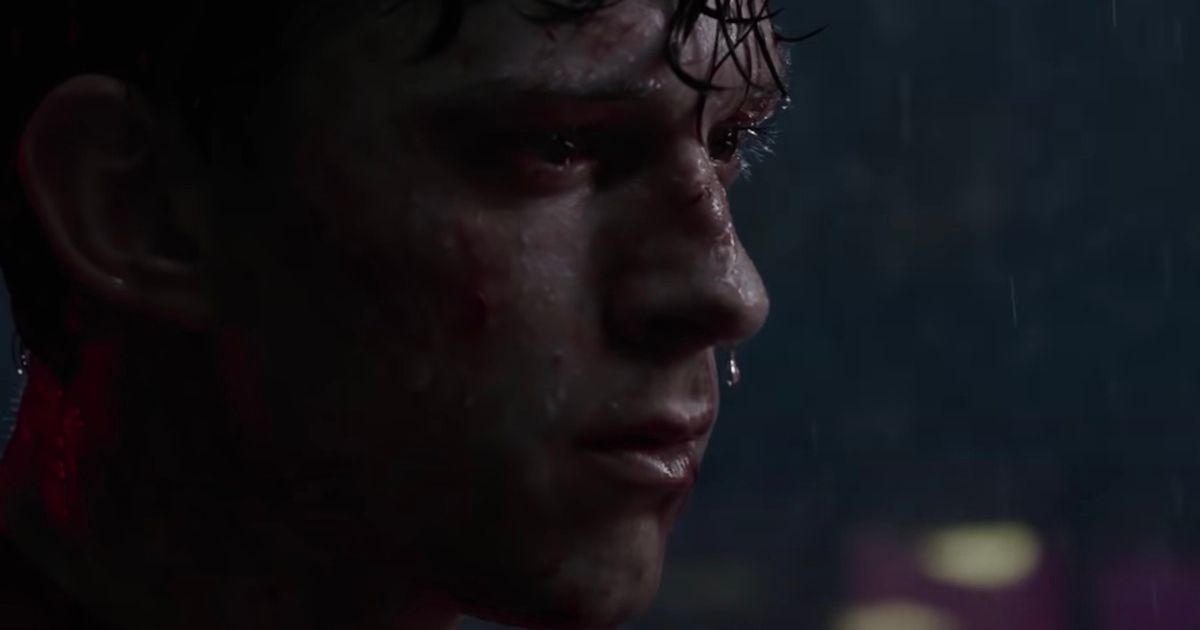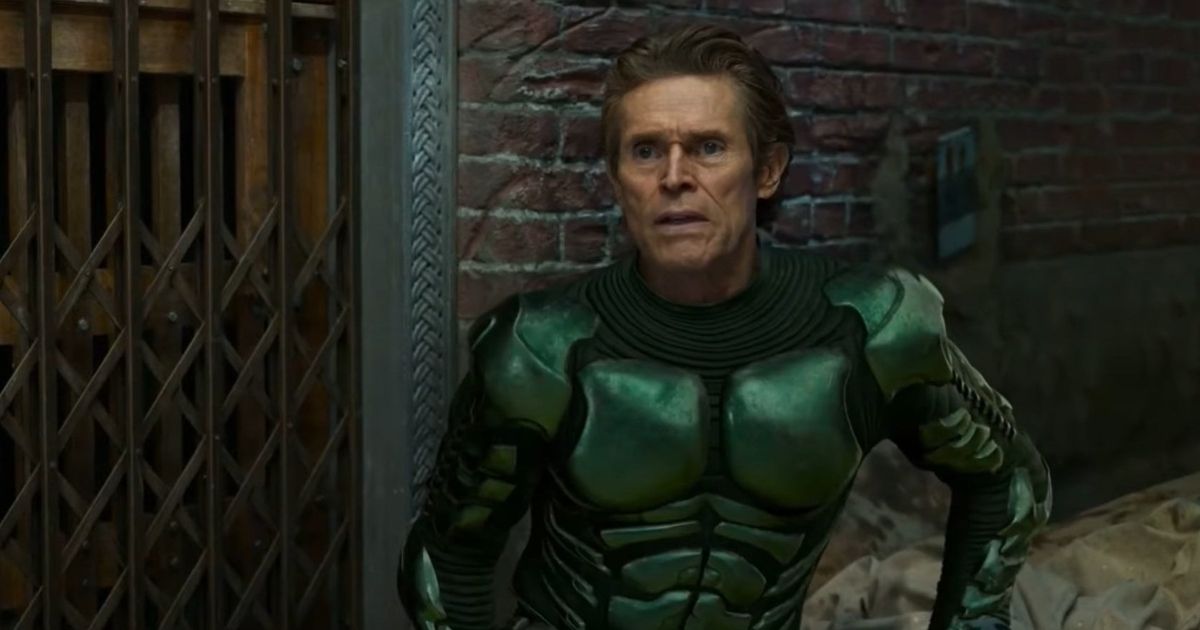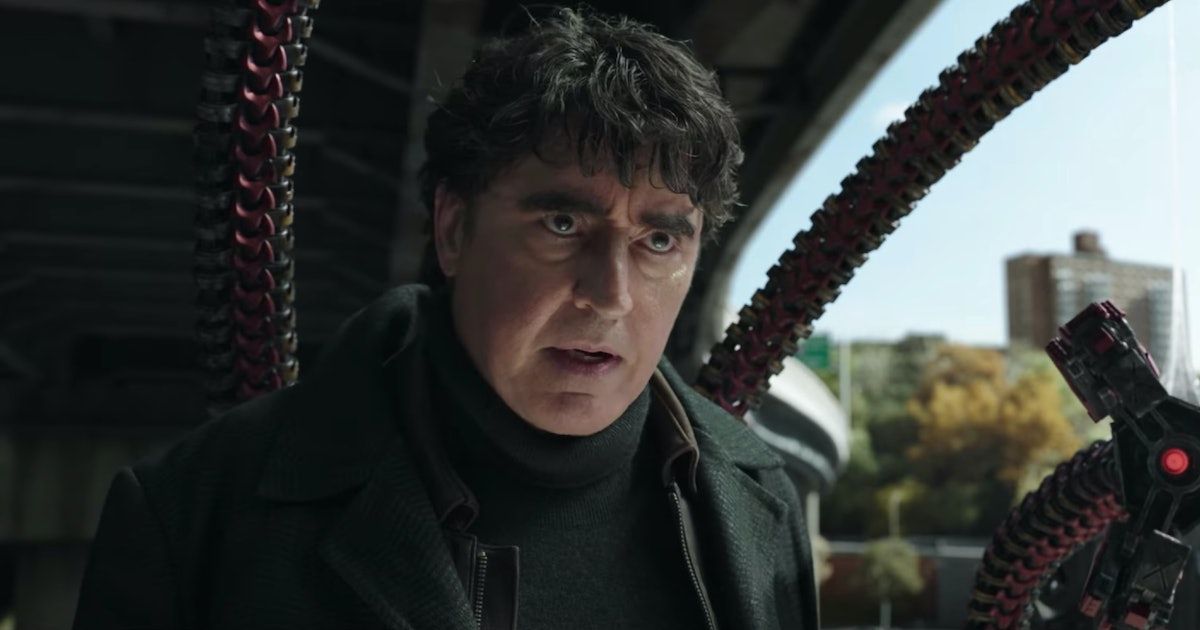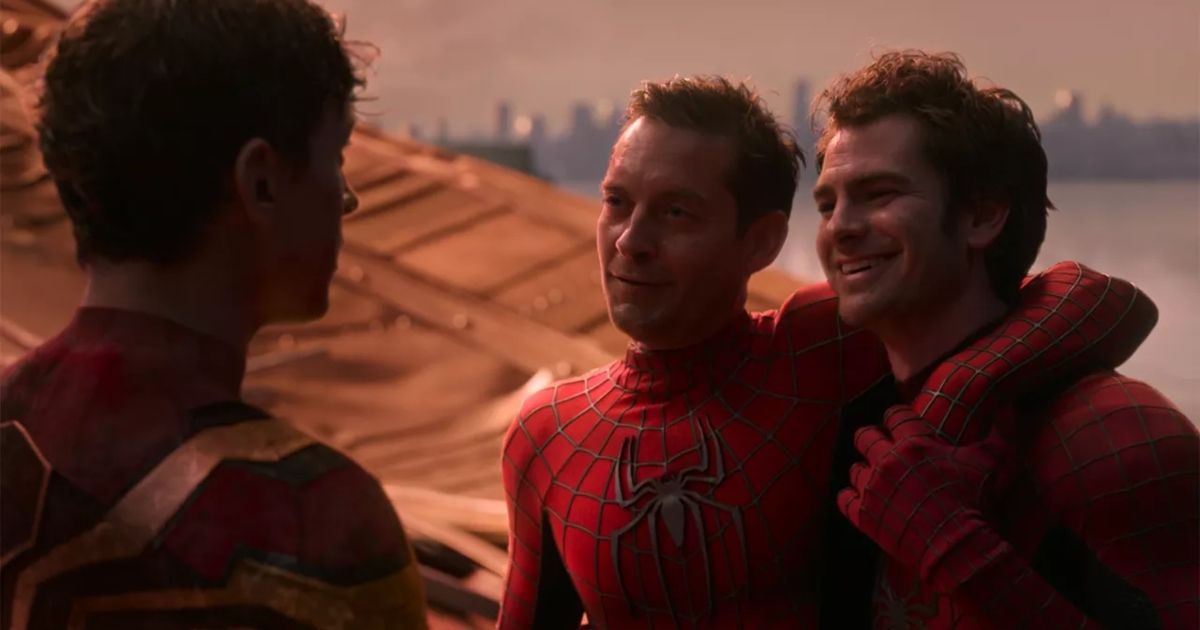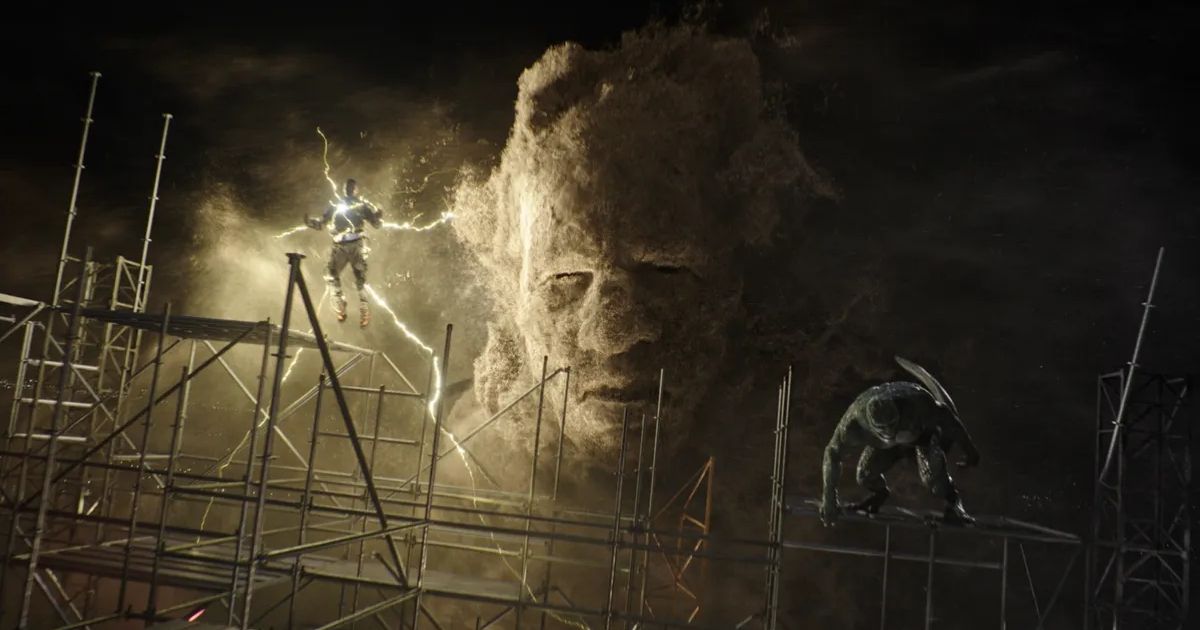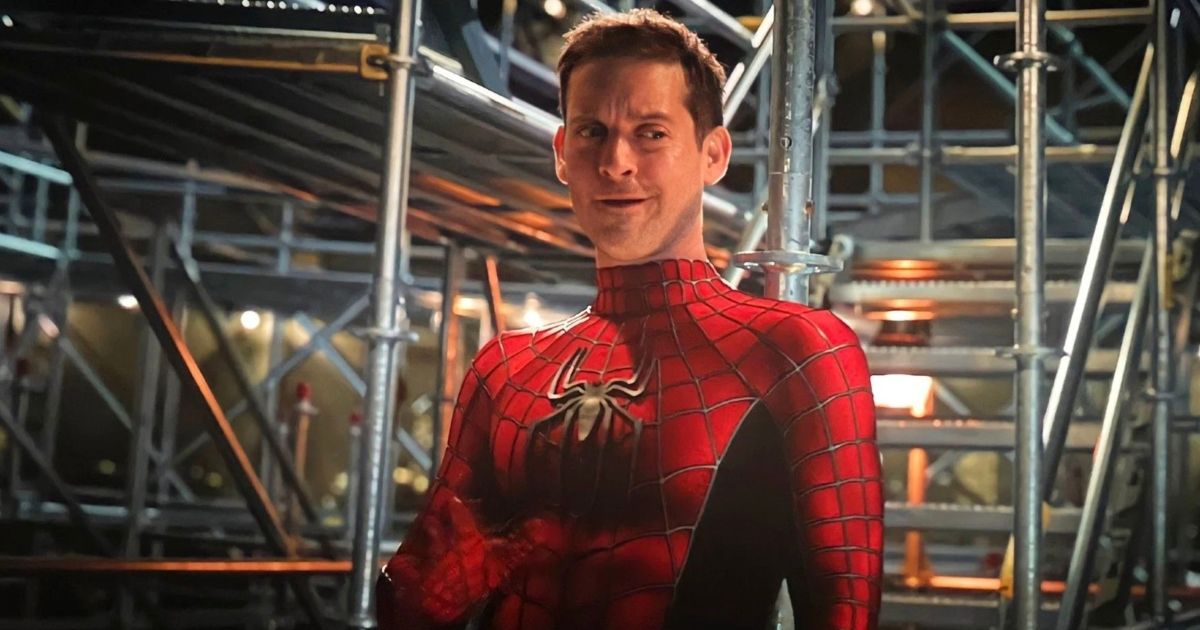Spider-Man: No Way Home, which was released in December 2021, became one of the biggest hits of all time, with the film being titled the third highest-grossing film. With Netflix releasing the extended cut of the film in some countries, in turn calling it "The More Fun Stuff Version", Marvel fans have been revisiting Spider-Man: No Way Home. It is undeniably one of those films that can be re-watched multiple times. This particular film became so popular not only due to its storyline but also due to the inclusion of previous Spider-Mans and villains. By bringing in the old cast back, Jon Watts shocked the fans and made the film one of the most entertaining experiences of the MCU.
However, Spider-Man: No Way Home also has so much to say about the characters. In fact, Tom Holland's Spider-Man might have made the entrance as one lucky boy; he ended up restarting the old Spider-Man storyline where the hero is one that starts from nothing. In order to create this "ending", Watts has also explored the theme of mental health. When analyzed closely, Spider-Man: No Way Home has a lot to say about its characters' mental health.
Dr. Osborn & Green Goblin
Let's start with the most obvious mental health exploration, Willem Dafoe's Norman Osborn, a.k.a the Green Goblin. Dafoe's entrance was not only nostalgic, but it might have evoked mixed feelings in the viewer. On one hand, this particular character's role as Dr. Osborn makes the viewers sympathize with him. However, when Green Goblin takes over, the viewers are made to fear the villain and maybe hate him as well, since he is the cause of the many pains that Peter Parker goes through. The fact that this character switches from Dr. Osborn, who seems kind and actually cares about others, to Green Goblin, a narcissist villain who seems psychopathic due to his need to kill people dear to Peter Parker, suggests that he has multiple personality disorder. This is further suggested when Dr. Osborn states his fear of the Green Goblin.
The constant conflict between Dr. Osborn and Green Goblin can be seen as a portrayal of the former's struggle in trying to prevent the disorder from impacting him. Dafoe's performance is highly commendable as the actor does a superb job of embodying this disorder and visually representing its struggles.
Doctor Octopus and The “Voices” In His Head
In Spider-Man 2, Dr. Otto Octavius was introduced as someone that Tobey Maguire's Spider-Man looked up to. However, his failed scientific experiment converted him to the villain, Doctor Octopus. Alfred Molina reprises his role as Doctor Octopus and enters Tom Holland's Spider-Man universe as a bitter villain who is reluctant to accept Parker's help. However, he ends up being the first villain of the film to be "cured". Interestingly, at that moment he states that finally, the "voices" in his head have disappeared. This results in a complete shift in Doctor Octopus's personality as he returns to be the nice mentor-type guy that was introduced in Spider-Man 2. This can be seen as a nod to his mental health as Doctor Octopus is finally able to be conscious of his mind.
Peters and Grief
Portraying grief in film is no easy task. It requires the actor to be able to connect to the story of the character and the visual representation of grief to be something the viewers can relate to. That being said, grief takes different forms. In Spider-Man: No Way Home, almost all the main characters go through different forms of grief. All three Peters have loved (and lost) someone close and dear to them. This results in them seeking revenge or becoming bitter, like Andrew Garfield's Peter. The way in which the film captures the past grievances of Maduire's Peter and Garfield's Peter allows the viewers to relate to them. Moreover, the way in which they reminisce over this pain and attempts to teach Holland's Peter how to cope with grief is definitely a beautiful depiction of the idea of "being there for those who are suffering". It also allows Holland's Peter to become a better person and prevents himself from doing something regretful.
Spider-Man: No Way Home also acts as a chance at redemption for Garfield's Peter as he is able to save MJ (Zendaya) and somewhat overcome the pain of being unable to save Gwen (Emma Stone).
Other Villains and Their Mental Health Issues
In addition to Dr. Osborn and Doctor Octopus, it is made clear that the other villains are also going through some form of mental health issue. Max a.k.a Electro's (Jamie Foxx) inability to find confidence due to him looking like a "nobody" hints at his issues with self-esteem and self-confidence. Moreover, the constant reference to the word "cure" allows these powers to take the form of "issues" or "sicknesses", in turn, allowing the powers to take a more medical form.
By doing so, Spider-Man: No Way Home, has allowed the audience to be more empathetic towards the villains. In fact, the film acts as a second chance to the previous villains of the different Sipder-Man universes.
Self-Esteem and Giving-Up
There are so many beautiful moments in Spider-Man: No Way Home that focus on strengthening the bonds between the three Spider-Men. In one particular scene, we see Garfield's Spider-Man calling himself lame, while Maguire's Spider-Man counter-argues and urges him to call himself "amazing". This attempt at trying to boost each other's self-esteem is not only beautiful, but it is also a reminder of how we all need that boost once in a while.
Additionally, when Holland's Peter was about to give up and press the button to send back all the villains and other Peters, the viewers might have been able to find their own selves within this character. This humanizing of the superhero allows the audience to connect to him and also relate to them, in turn, reminding the viewer of the importance of not giving up.
Overall, Spider-Man: No Way Home has explored the theme of mental health heavily. From the references to mental health issues and the reminders of supporting one another and checking on one's own self, the film takes a different route in portraying its superheroes.

